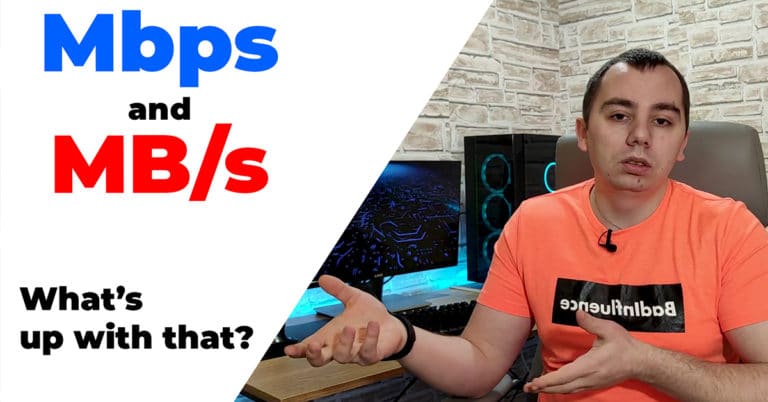We often see ISP’s and network equipment manufacturers advertising speeds like 100 Mbps or even 1000 Mbps. But we’re getting only a fraction of that speed in how we usually like to look at speed – in Megabytes.
It all has to do with the unit of measurement we’re talking about. ISP’s like to talk in bits, and we like to talk in bytes. Probably, because of the way HDD’s and SSD’s are advertised – in megabytes/gigabytes/terabytes.
But 1 byte = 8 bits. So in order to get an accurate speed in bytes, we must divide the Mbps figure to 8. That means that a 100 Mbps internet connection means about 12.5 MB/s. There is no lying, deceiving or false marketing involved. It’s just a different unit of measurement.
So a megabyte is noted as MB/s and a megabit is noted as Mbps. Take a good look at how the seller/manufacturer writes this unit of measurement so you won’t have unrealistic expectations.
Also, keep in mind that that’s the theoretical maximum speed. Whether you’ll achieve that or not, depends on several factors such as download location, the distance between you and the server you’re connecting to, cable quality/length, and much more.
By the way, I also made a video about this here:
PS: don’t forget to subscribe to my YouTube Channel if you find this kind of content interesting.
And if you’re looking to find out stuff about PING and lowering your PING check out my article on this topic.



